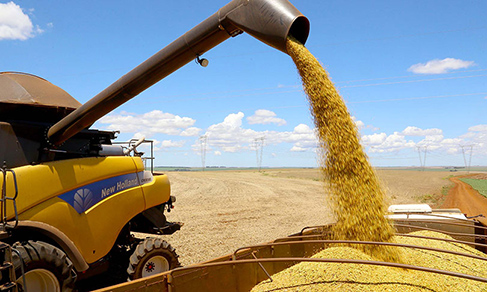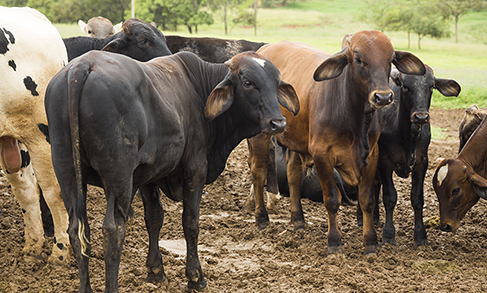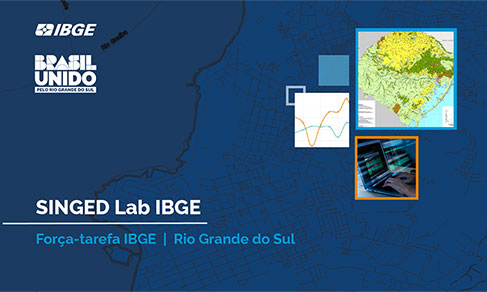Monthy Survey of Industry
After two drops in a row, industry changes 0.1% in June
August 01, 2025 09h00 AM | Last Updated: August 01, 2025 02h30 PM

Car production exerted the biggest impact on industry in June 2025 - Picture: Roberto Dziura Jr/AEN
After dropping for two consecutive months, the industrial sector changed 0.1% in June compared with May. However, industry did not eliminate the cumulative 1.2% retreat in April and May. With these results, the industrial production is 2.0% above the pre-pandemic level (February 2020), but still 15.1% below the record level reached in May 2011. Compared to June 2024, the industrial output fell 1.3%.
The data come from the Monthly Survey of Industry (PIM), released today (1) by the IBGE.
Seventeen out of 25 industrial activities rose. Motor vehicles, trailers and bodies had the highest impact with up 2.4%, after retreating 4.0% in May 2025. Other positive highlights came from basic metals (1.4%), pulp, paper and paper products (1.6%), rubber and plastic material (1.4%), other transportation equipment (3.2%), chemicals (0.6%), pharmochemicals and pharmaceuticals (1.7%) and printing and reproduction of recorded media (6.6%).
According to survey´s manager, André Macedo, the interruption of the negative behavior in industry in June 2025 was marked by the increase in the spread of growing sectors, the most widespread since June 2024, when 22 activities registered positive rates. This month, he also highlights the advance in the car industry, which grew 2.4%, largely driven by the higher production of cars. “With this result, the sector offsets part of the 4.0% drop recorded in May and returns to the positive behavior, a characteristic of the sector in 2025,” explains Macedo.
Among eight dropping activities, the main negative impacts came from mining and quarrying industries and food products, both with a loss of 1.9%, and coke, petroleum products and biofuels, with a drop of 2.3%. These three activities represent approximately 45% of the total industry.
The mining and quarrying industry was impacted by a lower iron ore production, and interrupted four consecutive months of growth, a period in which it accumulated an expansion of 9.3%. The food sector reported the fourth consecutive month of drop, a period in which it accumulated a decrease of 3.6%, due to a lower production of sugar, beef, poultry and hogs and pigs, orange juice and some soybean-derived products. The activity of coke, petroleum products and biofuels accumulated a loss of 9.1% in three consecutive months of negative rates, impacted by the reduction in the output of alcohol and, to a lesser extent, of petroleum products.
Also from May to June, capital goods (1.2%) and durable consumer goods (0.2%) had positive rates in June, after retreating, respectively, 1.6% and 3.3% in the previous month. The sectors of semi and non-durable (-1.2%) consumer goods and of intermediate goods (-0.1%) had negative results in June. The first one recorded the third consecutive month of fall, a period in which it accumulated a retreat of 5.7%. The second one repeated the loss of May 2025 (-0.1%).
Industrial production falls 1.3% compared to June 2024
Compared to the same month of the previous year, the industrial sector fell 1.3% in June 2025, with negative results in two out of four broad economic categories and 12 out of 25 sectors. Semi and non-durable consumer goods (-8.8%) and capital goods (-1.2%) retreated, respectively, 8.8% and 1.2% in June 2025. On the other hand, intermediate goods (1.7%) and durable consumer goods (0.2%) pointed out the positive results in June 2025.
Among the activities, the main negative influences on the total industry were recorded by coke, petroleum products and biofuels (-13.2%) and food products (-3.2%). Other more intense negative contributions came from pharmochemicals and pharmaceuticals (-7.4%), beverages (-5.0%), computer equipment, electronic and optical products (-4.0%) and pulp, paper and paper products (-1.8%).
Macedo explains that the fall of the mining and quarrying sector is punctual, as this is not the behavior of this activity in 2025. “The mining and quarrying industry shows a higher frequency of positive results and is 4.5% above the level of December 2024. It should be highlighted that this segment is the main positive impact on both inter-annual comparison and in the cumulative in the year.”
In contrast, petroleum products and biofuel and food products appear as important negative impacts on both the inter-annual and the cumulative index in the year. The survey´s manager explains that sugarcane processing has major influence on these activities. "It is a product that affects the food sector, with sugar, and the sector of petroleum products and biofuels, due to alcohol," he says.
Regarding the 13 expanding activities, still compared to June 2024, mining and quarrying industries (3.8%) exerted the greatest influence on the total result, driven by the higher production of crude petroleum oil, pelleted or sintered iron ore and natural gas. Other relevant positive contributions came from maintenance, repair and installation of machinery and equipment (14.2%), basic metals (4.0%), rubber and plastic products (5.0%), chemicals (1.9%), textiles (9.4%), other transportation equipment (10.0%), motor vehicles, trailers and bodies (1,4%), tobacco products (13.7%) and machinery and equipment (1.9%).
Industry grows 0.5% in the second quarter
The industrial sector grew 0.5% in the second quarter, maintaining the positive level started in the fourth quarter of 2023 (1.1%). However, it reduced the pace against the results of the first quarter of the year (2.1%), of the last quarter of 2024 (3.1%) and of the July-September period last year (3.9%). All these comparisons are against the same period of the previous year.
This lower dynamism was noticed in three out of four broad economic categories, especially semi and non-durable consumer goods (from 1.3% to -5.9%), largely pressured by the lower production of the group of fuels (from 10.3% to -20.9%). Durable consumer goods (from 11.4% to 5.5%) and capital goods (from 4.5% to -1.2%) also retreated between these two periods, while intermediate goods (from 1.3% to 3.0%) was the only one that gained pace and registered the most intense advance since the second quarter of 2021 (17.7%).
More on the survey
PIM Brazil has been producing short-term indicators since the 1970s regarding the behavior of the real product of the mining and quarrying and manufacturing industries. March 2023 marked the beginning of the release of the new time series of monthly indexes of the industrial production, after a redesign to update the sample of activities, products and informants; create a new weighting structure of the indexes based on the most recent industrial statistics; update the base year of reference of the survey; and incorporate new Federation Units in the release of regional results of the survey. These methodological changes are required and they aim at incorporating the economic changes of the society.
The survey results can also be consulted on Sidra. The next release of PIM Brazil, with results for the month of July 2025, will be on September 3.




















